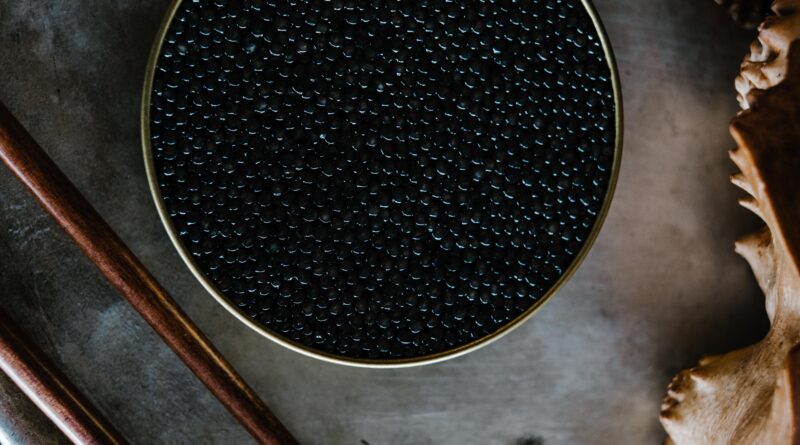National Caviar Day: What Exactly Is Caviar?
381 total views, 1 views today
Caviar, often referred to as the “jewel of the sea,” has been enjoyed by royalty, nobility, and the wealthy for centuries. National Caviar Day, celebrated on July 18th, is a time to appreciate and savor this fancy food. But what exactly is caviar, and why is it so popular? Read on below to find out.
What is caviar?
Caviar is the roe, or fish eggs, of the sturgeon fish species. These tiny, glistening orbs are carefully harvested from female sturgeon when they reach maturity, typically around 10 to 25 years of age. The eggs are gently extracted from the fish and meticulously processed, all while preserving their delicate flavors and textures.
High-quality caviar is renowned for its distinct taste, ranging from buttery and nutty to briny and robust, depending on the species and its origin. The color of the caviar can also vary, with shades ranging from pale gold to deep black, each indicative of the sturgeon species it comes from. Caviar is usually only seasoned with a little salt to allow the natural taste to shine.
The origins of caviar
Caviar’s roots can be traced back to ancient times when it was eaten by the Greeks, Persians, and Russians. The term “caviar” originally comes from the Persian word “khav-yar,” which translates to “cake of power.” Early caviar was harvested from all sorts of fish, but at some point the word was clarified to particularly mean eggs from the sturgeon.
Sturgeon, the family Acipenseridae, is a prehistoric fish species found in the Caspian and Black Sea regions. The harvesting process, which involves carefully extracting the roe and preserving it with salt, is an art that has been passed down through generations.
Varieties of Caviar
The most renowned varieties of caviar are Beluga, Ossetra, and Sevruga caviar, which are each named for the types of sturgeon they are harvested from. Beluga caviar is renowned for its large, luscious eggs and buttery flavor, making it the most expensive and luxurious option. Osetra caviar, with its medium-sized grains and nutty taste, is also highly esteemed. Sevruga caviar, with its small pearls and bold flavor, is a more affordable alternative.
Types of “caviar” derived from fish other than sturgeons, like American paddlefish or salmon caviar, offer distinct flavors and textures that appeal to a wider range of people. Some caviar purists consider only sturgeon caviar to truly be the authentic form of the dish.
Sustainability and Conservation
As caviar gained popularity, the sturgeon population at some points faced severe threats due to overfishing and habitat destruction. Unregulated harvesting led to a significant decline in sturgeon numbers, pushing several species to the brink of extinction. Consequently, many countries implemented strict regulations and conservation efforts to protect sturgeon and their spawning grounds.
Sustainable caviar farming has also emerged as a viable option, providing a more responsible and environmentally friendly source of caviar. These conservation efforts have been vital in preserving the delicate balance between enjoying this delicacy and preserving marine wildlife.

